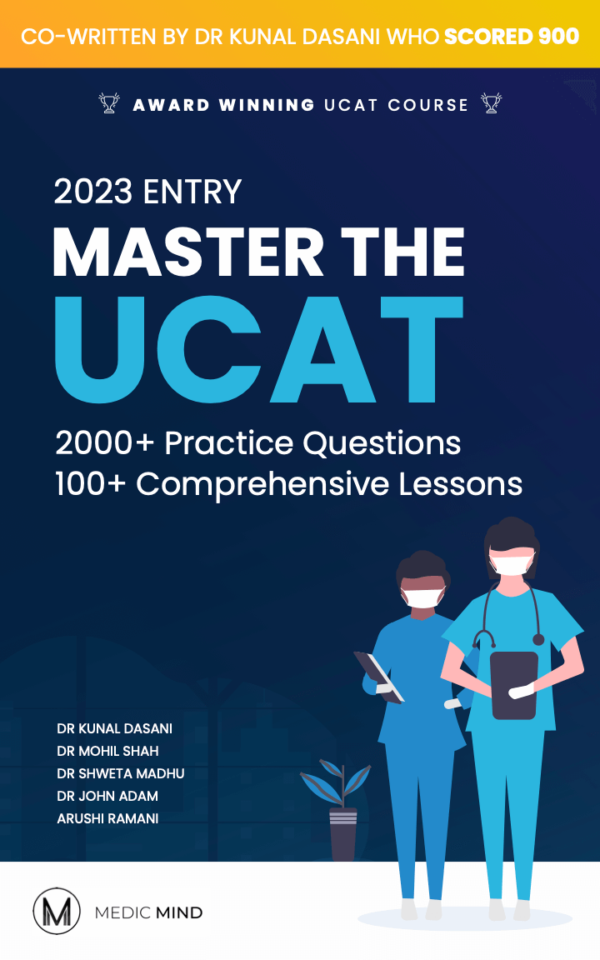Loading...

Course Structure : Traditional vs. Integrated
Choosing the right medical degree course is a very important part of deciding where to study medicine. You need to pick a course that lends itself to your learning style, and it is something many students don’t consider properly when applying to medical school. That’s why we have put together the Medic Mind University Comparison Guide, to help guide you in making informed decisions.
As with any style of course there are advantages and disadvantages to each, below we discuss what each course style actually means your teaching will be like, and have created a comparison table to help you decide which teaching style is better suited to you!

Traditional courses:
There are only 3 universities that use a traditional style of medical degree, these are; Oxford, Cambridge and Edge Hill. A traditional medical course consists of two parts:
Pre-clinical years –
During this time students study the biochemistry topics as well as anatomy and physiology, before moving on to clinical years. Often students will complete laboratory research during these preclinical years too.
Clinical years – On a traditional course once you have finished you pre-clinical years you will move into the clinical years where you will start placements with patient contact and related clinical teaching.
Talk to one of our University Admissions Experts!
Integrated courses:
Integrated courses are where clinical and preclinical teaching overlaps, with many medical schools now choosing to introduce clinical teaching and patient contact in the first year of the programme. Often with integrated courses there is a systems-based approach to teaching, where students will learn the anatomy, physiology and biochemistry related to the clinical teaching and that system.
Comparison Table:
| Traditional | Integrated | |
|---|---|---|
| Patient contact starts | In clinical years. Pre-clinical years vary from 2-3 years in length | As early as year 1, but this does vary between universities |
| Teaching style | Lecture based in pre-clinical years, followed by clinical years with discussion based classes | Systems-based teaching, often using a spiral curriculum so you develop your understanding of each system with each year of study |
| How many universities use this teaching method? | 3 | 2/3 |
| Benefit to this style | You have a good base scientific knowledge before you begin your clinical learning | You get early patient contact and develop your clinical skills from early on in your learning |
| Disadvantages of this style | You have to wait till clinical years for patient contact, which some students don’t like | You start interacting with patients very early on in your training, with little scientific or clinical knowledge. |
As with any teaching style, you have to find the one that suits you. Maybe it is the more traditional, or you prefer the integrated approach, or even you like the PBL style and would prefer to go to a university which uses this method. Whichever style you feel best suits you, be sure to take this into consideration when picking which medical schools to apply to. After all, they may well ask you at interview to discuss why you chose their style course over another.
Frequently Asked Question
→What is a traditional course structure?
A traditional course structure is one where students take separate courses in different subject areas, such as biology, chemistry, and physics. These courses are often taught by different instructors and may not be integrated with each other.
→What is an integrated course structure?
An integrated course structure is one where students take courses that are integrated across subject areas, such as a course that combines biology, chemistry, and physics. These courses are often taught by the same instructor or a team of instructors who work together to integrate the different subject areas.
→What are the benefits of a traditional course structure?
Some benefits of a traditional course structure include a deeper understanding of individual subject areas, greater flexibility in choosing courses, and more opportunities to explore specific areas of interest.
→What are the benefits of an integrated course structure?
Some benefits of an integrated course structure include a more holistic approach to learning, the ability to see connections between different subject areas, and a focus on problem-solving and critical thinking skills.
→Which course structure is more popular?
The popularity of traditional vs. integrated course structures varies by institution and program. Some programs may offer both options, while others may have a preference for one or the other.
→What should I consider when choosing between a traditional and integrated course structure?
When choosing between a traditional and integrated course structure, you should consider your individual learning style, career goals, and personal preferences. You may also want to research the programs and institutions you are interested in to see which course structure they offer and which one aligns best with your goals.
→Can I switch from one course structure to another?
This depends on the institution and program. Some institutions may allow students to switch between course structures, while others may have specific requirements or limitations. You should check with your institution’s academic advisors or program coordinators for more information.
→Can I combine elements of both course structures?
Yes, some institutions and programs may offer a hybrid course structure that combines elements of both traditional and integrated approaches. You should check with your institution or program for more information on their specific course structure options.
Related
Related Articles
Personalised 1-1 private lessons, tailored to your GAMSAT needs
With over 1000 GAMSAT questions, worked examples and mock run-throughs - your complete GAMSAT course!
Prepare for the GAMSAT with a full day of expert GAMSAT tuition, learning the tips and tricks to boost your score to the maximum.






Was this article helpful?
Still got a question? Leave a comment
Leave a comment